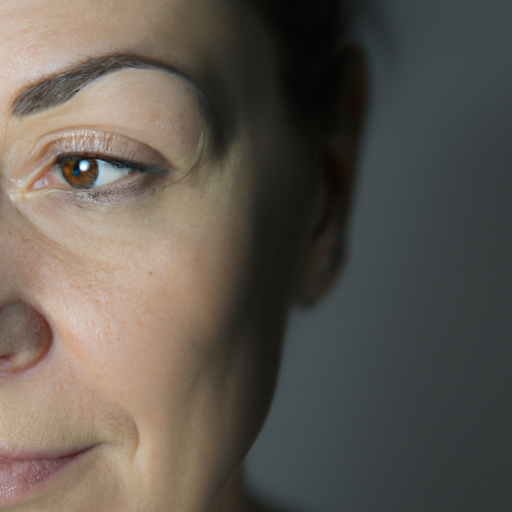As a medical professional, I am often asked about the latest trends in skincare and beauty. One of the most popular procedures that has gained significant attention recently is dermaplaning. This treatment promises to deliver flawless skin, but what exactly is it, and how does it work? Let’s unveil the secrets of dermaplaning.
Dermaplaning is a non-invasive, painless procedure that involves the use of a sterile surgical scalpel to gently scrape off the top layer of dead skin cells and peach fuzz from the face. This exfoliating treatment not only leaves your skin smoother and brighter but also enhances the absorption of skincare products and creates a perfect canvas for makeup application.
The process is simple and quick, usually taking about 30 minutes. It begins with a thorough cleansing of the skin. Then, using gentle, upward strokes, the scalpel is carefully guided across the skin to remove dead skin cells and vellus hair (the fine, peach fuzz hair on our faces). There is no downtime after the procedure, and you can immediately return to your normal activities.
One of the key benefits of dermaplaning is its ability to stimulate cellular turnover. By removing the outermost layer of dead skin cells, it encourages the growth of new, healthy cells. This can result in improved skin texture and tone, reduced appearance of fine lines, and a brighter complexion.
Moreover, dermaplaning can enhance the efficacy of your skincare regimen. With the barrier of dead skin cells and peach fuzz removed, skincare products can penetrate deeper into the skin, making them more effective. It also allows for smoother makeup application, as foundation can glide on without getting caught on peach fuzz or rough patches.
Despite its benefits, dermaplaning is not suitable for everyone. Those with active acne, sensitive skin, or certain skin conditions such as rosacea or keratosis pilaris should avoid this treatment as it may cause irritation. It’s always best to consult with a skincare professional before trying any new treatment.
There are some misconceptions about dermaplaning that need to be clarified. One common myth is that your hair will grow back thicker and darker after dermaplaning. This is not true. The hair on your face is vellus hair, which is fine and light. Dermaplaning will not change the structure of this hair.
Another concern is the potential for cuts or nicks during the procedure. While the tool used in dermaplaning is indeed a scalpel, when performed by a trained professional, the risk of injury is minimal. The scalpel is used at a specific angle and with a precise technique to safely remove dead skin cells and hair.
In conclusion, dermaplaning can be an effective addition to your skincare routine if you’re looking for a non-invasive way to achieve smoother, brighter skin. However, as with any skincare treatment, it’s important to understand what it involves and whether it’s suitable for your skin type. Always consult with a professional to ensure you’re making the best decisions for your skin health. With the right approach, you can unveil the secret to flawless skin with dermaplaning.



